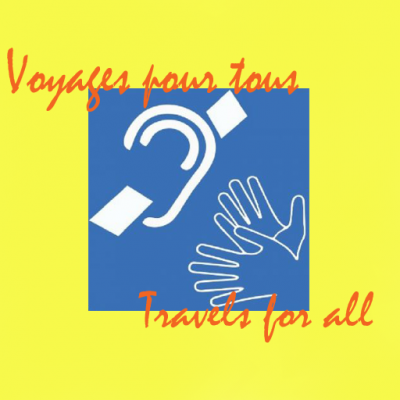The 18 ethnic groups of Madagascar with their characteristics and their locations.
Merina
The Merina are of Asian origin more precisely Indonesian, they reside in the region of Antananarivo in the center of Madagascar and also called those of the heights.
The Betsileo or the invincible, they take refuge in the region of Fianarantsoa in the midle-east and their talents are wood carving and rice growing.
The Betsimisaraka is the most important ethnic group on the east coast of Madagascar, people are coffee growers, cloves and sugar cane. They are also called those who never separate.
The Sakalava or those of long valleys, the Sakalava ethnic group has an extensive territory along the west coast of Madagascar, from north to south to Toliara.
The Antaisaka are Sakalava migratory from which those who come from the Sakalava
The Antandroy or those of the thorns, they occupy Madagascar south extreme. They hunt and they are eaters of cactus fruits and cassava.
The Mahafaly are sculptors and get on well with their neighbor Antandroy. They are also called those who make taboos.
The Vezo or the nomads of the sea are fishermen came from East Africa, they reside in the south-west of Madagascar.
Bara is an ethnic group from Bantu. In general, people are zebu’s breeders.
The Antakarana or those of the rocks or those of the cliff. They take refuge in the north of the big island of Madagascar. They are both fishermen and breeders.
The Antemoro are excellent farmers, nicknamed those of the coast.
Antaifasy settles on the east coast, they are called those who live in the sands.
The Masikoro are farmers settled in the southern part of the Big Island.
The Antambahoaka is an ethnic Southeast, they are of Arab origin.
The Tsimihety live in the northwestern part, they are both breeders and rice farmers. They are called those who don’t cut hair.
The Tanala are those of forests, they take refuge in the cliffs between the east coast and the highland towards Fianarantsoa. They inherited the knowledge of medicinal plants.
The Bezanozano is an ethnic group of the east coast. People are foresters and called those of beautiful braids.
The Sihanaka live in the northeastern part of Madagascar, they are farmers and named those of the Marais.


